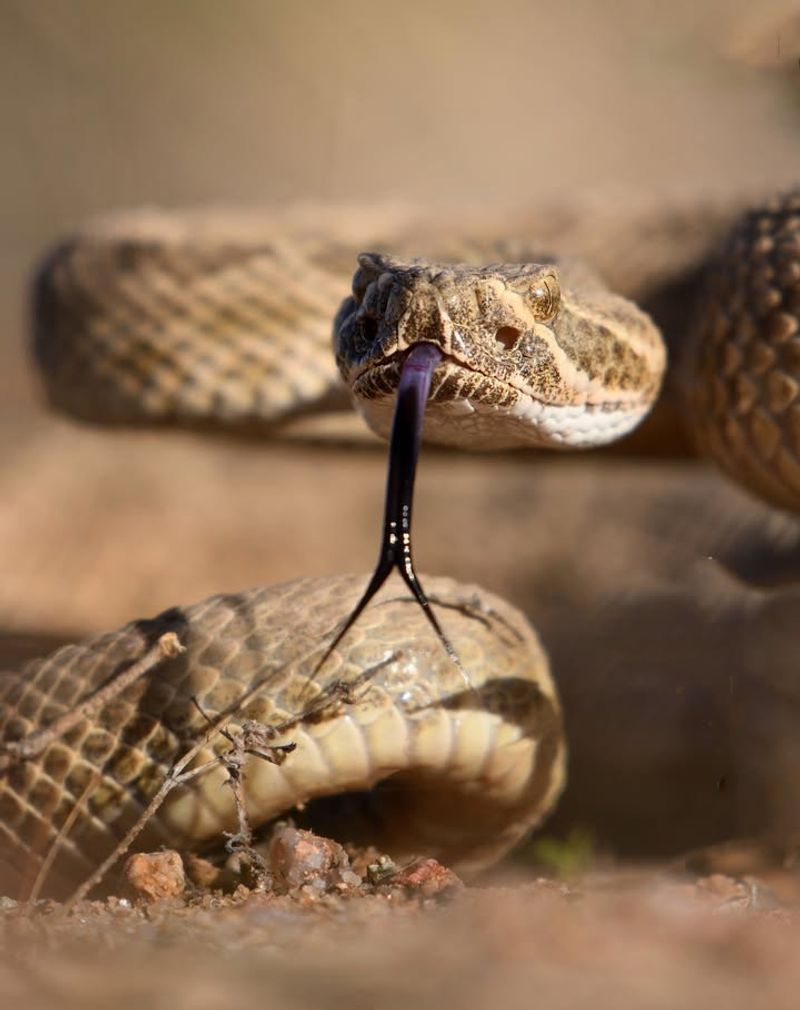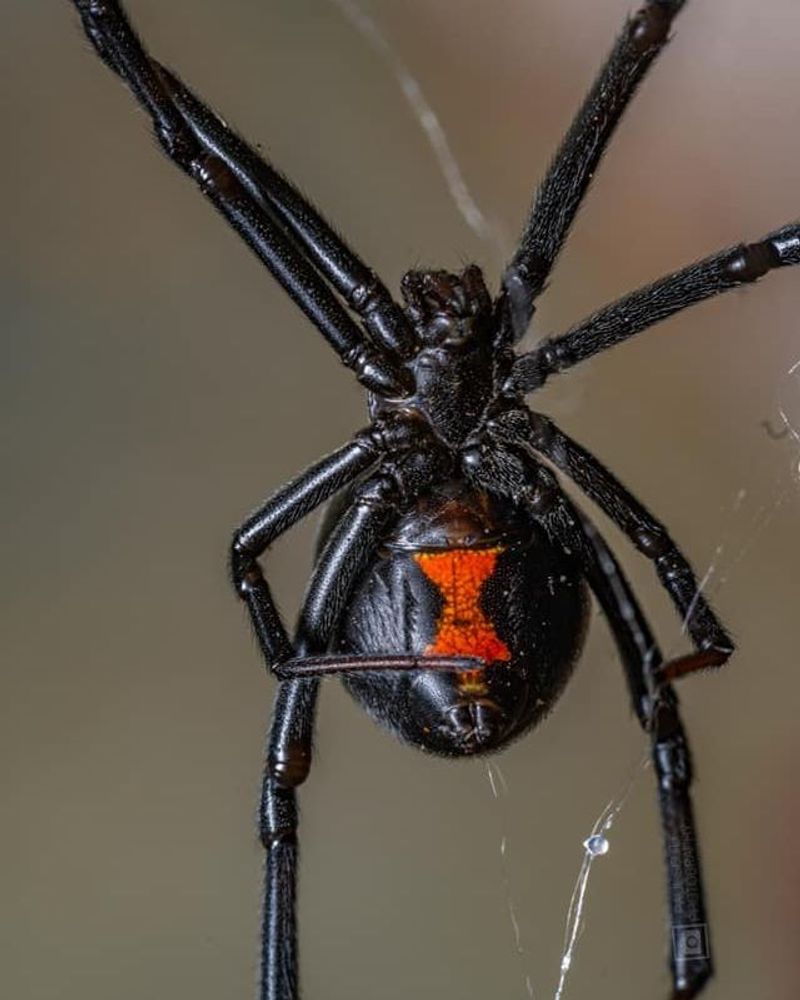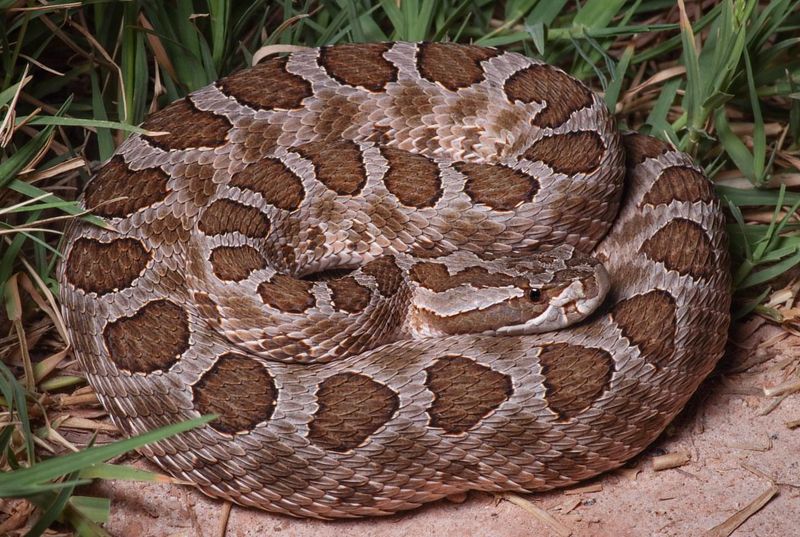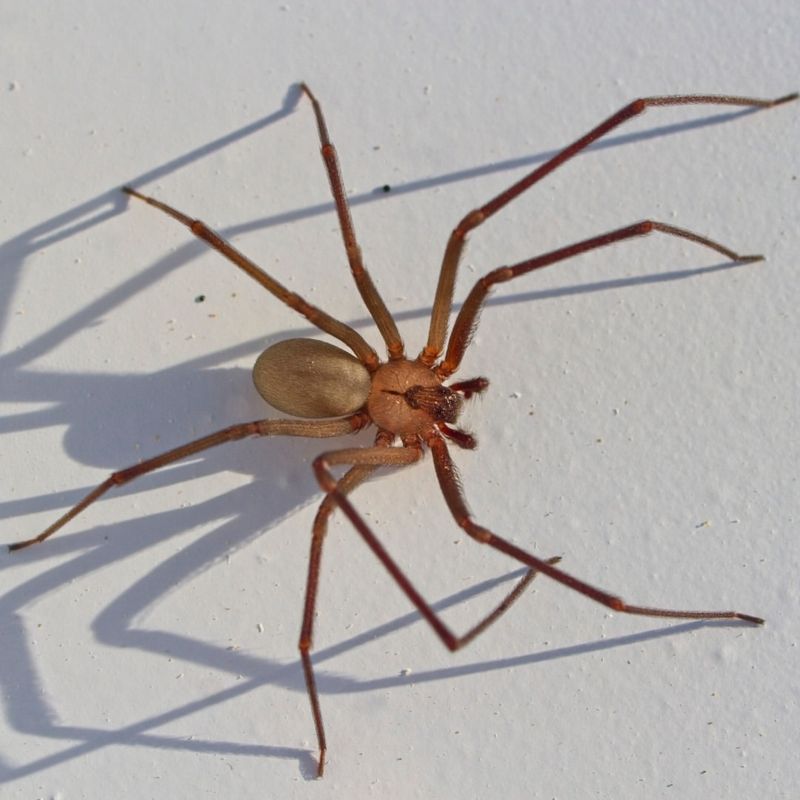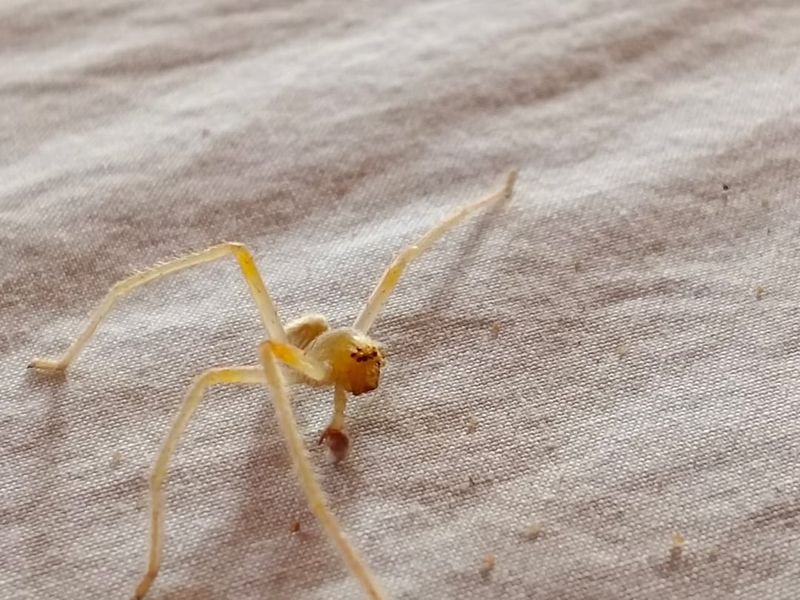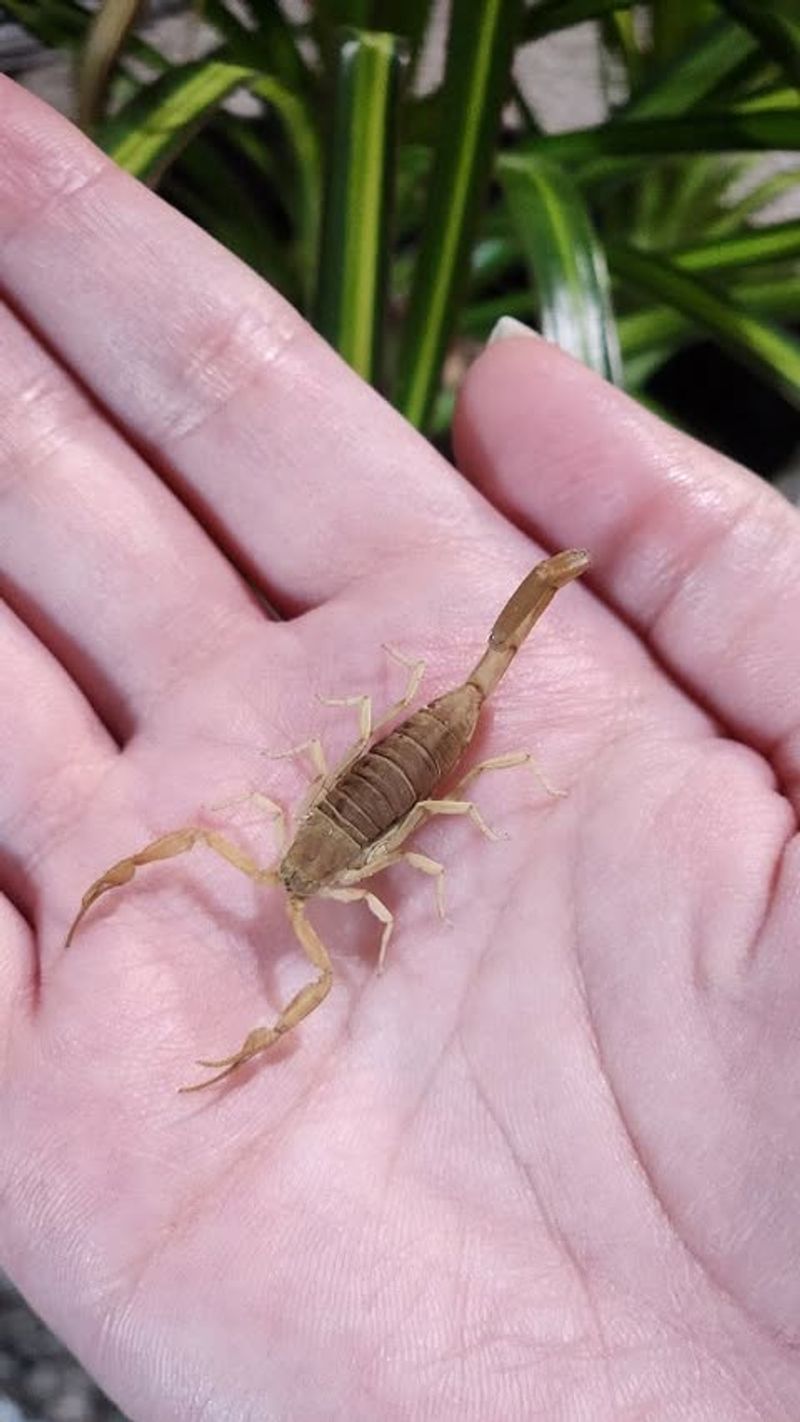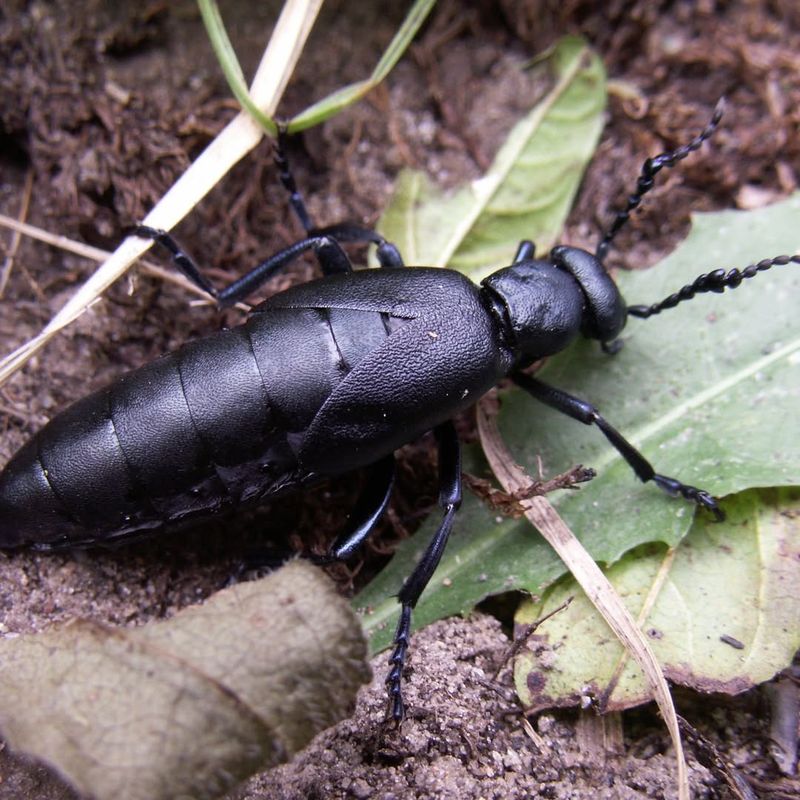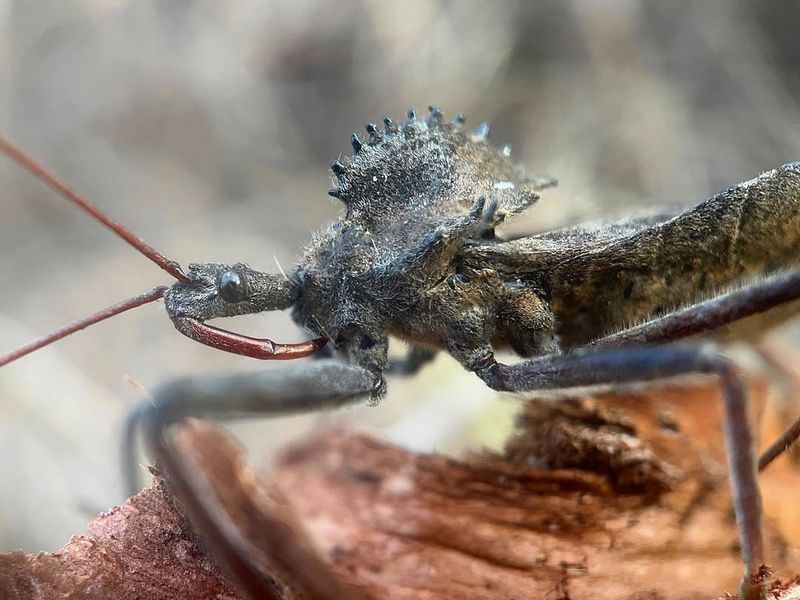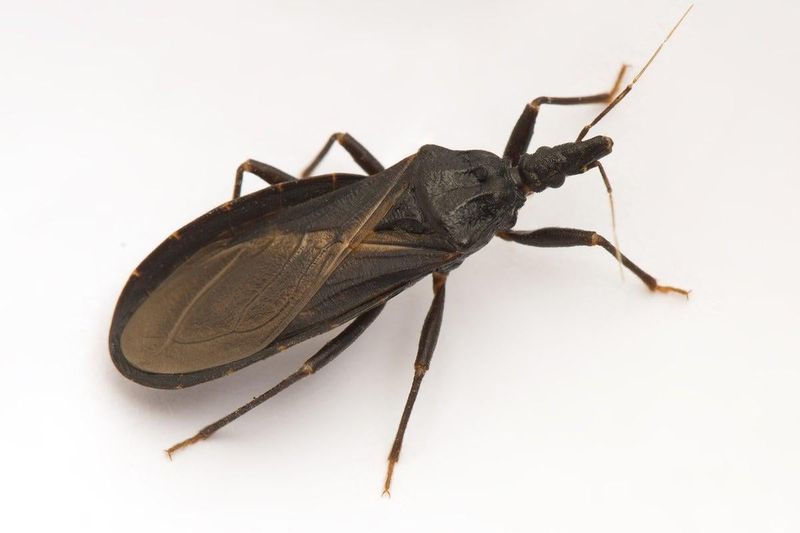Colorado’s stunning mountains and vast wilderness are home to more than just breathtaking views. Hidden among the rocks, trails, and forests are venomous creatures that demand your respect and awareness.
Knowing which animals pack a dangerous bite or sting can keep you safe during your outdoor adventures and help you appreciate the wild side of the Centennial State.
1. Prairie Rattlesnake
Slithering through Colorado’s eastern plains and grasslands, the prairie rattlesnake is the state’s most common venomous snake. Its tan or greenish body blends perfectly with dry grass and rocks, making accidental encounters possible.
When threatened, it shakes its distinctive rattle as a warning before striking. Most bites happen when people accidentally step too close or try to handle them.
If you spot one, back away slowly and give it plenty of space to escape on its own.
2. Western Black Widow Spider
With a shiny black body and that infamous red hourglass marking, the western black widow is Colorado’s most venomous spider. Females pack a neurotoxic punch that can cause serious muscle pain and cramping.
You’ll often find them hiding in dark, undisturbed places like woodpiles, garages, and outdoor sheds. They’re actually quite shy and only bite when accidentally pressed or cornered.
Wearing gloves when moving stored items outdoors can prevent most encounters with these secretive spiders.
3. Western Massasauga Rattlesnake
Smaller and less aggressive than its prairie cousin, the massasauga rattlesnake prefers Colorado’s wetlands and marshy areas. Dark blotches pattern its gray or tan body, helping it disappear among marsh grasses and muddy banks.
This rare rattler is actually endangered in Colorado, making sightings uncommon. Its venom is potent but delivered in smaller amounts due to its size.
Respect wetland habitats and watch your step near water edges to avoid disturbing this threatened species.
4. Midget Faded Rattlesnake
Don’t let the name fool you—this small rattlesnake’s venom is surprisingly powerful for its size. Found in Colorado’s western desert regions, its pale, faded coloring makes it nearly invisible against sandy soil and rocks.
Adults rarely grow longer than two feet, but they’re quick to defend themselves when surprised. Their small size means they can hide in tiny crevices and under small rocks.
Always check before sitting on rocks or reaching into tight spaces in western Colorado’s desert areas.
5. Brown Recluse Spider
Sporting a distinctive violin-shaped mark on its back, the brown recluse causes tissue-destroying bites that can take months to heal. While not native to Colorado, occasional sightings occur when they hitchhike in moving boxes or furniture from other states.
True to their name, they’re incredibly reclusive and avoid human contact whenever possible. Most verified bites happen when people unknowingly trap them against skin while dressing or sleeping.
Shake out shoes and clothing that’s been stored away for extended periods.
6. Hobo Spider
Fast runners rather than web climbers, hobo spiders scurry across floors and build funnel-shaped webs in basements and window wells. Their brown bodies with herringbone patterns on the abdomen help identify them from harmless house spiders.
Recent research suggests their bites may be less dangerous than once believed, though reactions vary by individual. They’re poor climbers, so you’ll typically find them at ground level.
Seal foundation cracks and keep basement areas clean to discourage these ground-dwelling spiders from settling in.
7. Yellow Sac Spider
Pale yellow or beige in color, these small spiders are common household visitors throughout Colorado. Unlike web-builders, they actively hunt at night and often wander across walls and ceilings searching for prey.
Their bites feel similar to a wasp sting and can cause localized pain, redness, and occasional blistering. Many people get bitten while sleeping when the spider gets trapped in bedding or clothing.
Check bedding before climbing in and avoid leaving clothes on the floor overnight to reduce unwanted encounters.
8. Striped Bark Scorpion
Colorado’s only scorpion species, the striped bark scorpion, sports distinctive dark stripes running down its tan back. Found primarily in the southeastern corner of the state, it hides under rocks, bark, and outdoor debris during daylight hours.
Its sting feels similar to a bee sting—painful but rarely dangerous to healthy adults. Scorpions glow under ultraviolet light, making nighttime searches with a blacklight surprisingly effective.
Shake out camping gear and boots before use when exploring Colorado’s southeastern regions.
9. Blister Beetles
Bright colors and metallic sheens warn predators that blister beetles pack a chemical defense called cantharidin. When crushed or handled roughly, this toxic substance causes painful blisters and welts on human skin.
Common in Colorado gardens and alfalfa fields, they’re attracted to flowering plants during summer months. The irritating chemical can even affect horses that accidentally eat beetles mixed in hay.
Never crush beetles with bare hands, and carefully inspect hay before feeding livestock to avoid accidental poisoning from these chemical warriors.
10. Wheel Bug
North America’s largest assassin bug, the wheel bug gets its name from the distinctive cogwheel-shaped crest rising from its back. While beneficial predators that eat garden pests, they deliver incredibly painful defensive bites when handled or threatened.
Their curved beak injects digestive enzymes that liquefy prey, and that same bite on human skin causes intense burning pain lasting for hours. Fortunately, they’re not aggressive and only bite when directly provoked.
Admire these beneficial insects from a distance and never attempt to pick them up or corner them.
11. Centipedes
With their numerous legs rippling in waves as they scurry across basement floors, centipedes look frightening but are generally harmless to humans. Colorado’s species can deliver small venomous bites through modified front legs called forcipules.
Most bites feel like minor bee stings, causing brief pain and slight swelling. Larger species found in southern Colorado pack stronger venom but still pose little real danger.
They’re actually beneficial predators eating spiders and insects, so consider relocating them outdoors rather than destroying these helpful arthropods.
12. Kissing Bugs
Named for their habit of biting near mouths while people sleep, kissing bugs are blood-feeding insects that can transmit Chagas disease. Colorado sits at the northern edge of their range, with occasional sightings reported in southern counties.
Dark brown with orange markings along their sides, they’re attracted to outdoor lights and can enter homes through cracks. While bites themselves are painless, some people develop severe allergic reactions.
Seal home entry points and keep outdoor lighting away from doors and windows to discourage these potentially dangerous nighttime visitors.


